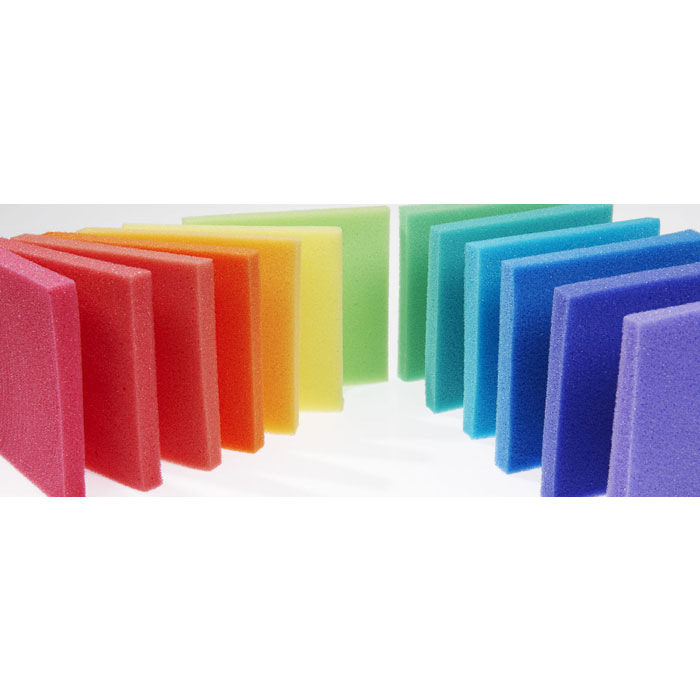The stability of PU pigments is affected by many factors, including the following aspects:
Light: It is easily affected by light, especially ultraviolet rays, which can cause it to lose stability. Therefore, pigments need to be protected from prolonged exposure to sunlight and UV rays during production, transportation and storage.
Thermal stability: Thermal stability is poor. When the temperature rises, the pigment is easy to decompose, change color or lose color. Therefore, during the production process, it is necessary to avoid high-temperature environments and prevent the pigments from being subjected to heat treatment or heating processes.
Solvent Stability: Stability in different solvents may also vary. For example, in ketone solvents, PU pigments are prone to aggregation, which affects the use effect of the pigments. Therefore, it is necessary to select suitable solvents according to different application environments and control the concentration to ensure the stability of the pigment.
Pigment purity: The purity of PU pigments also has a certain impact on its stability. Impurities and impure pigments can easily lead to deterioration and corruption of pigments. Therefore, it is necessary to pay attention to selecting high-purity pigments during production and taking appropriate storage measures, such as avoiding moisture and mixing with other debris.
pH: pH also affects its stability. If the pH is too high or too low, the pigment will lose stability. Therefore, during the production process, the pH value of the pigment needs to be controlled and maintained within an appropriate range.


